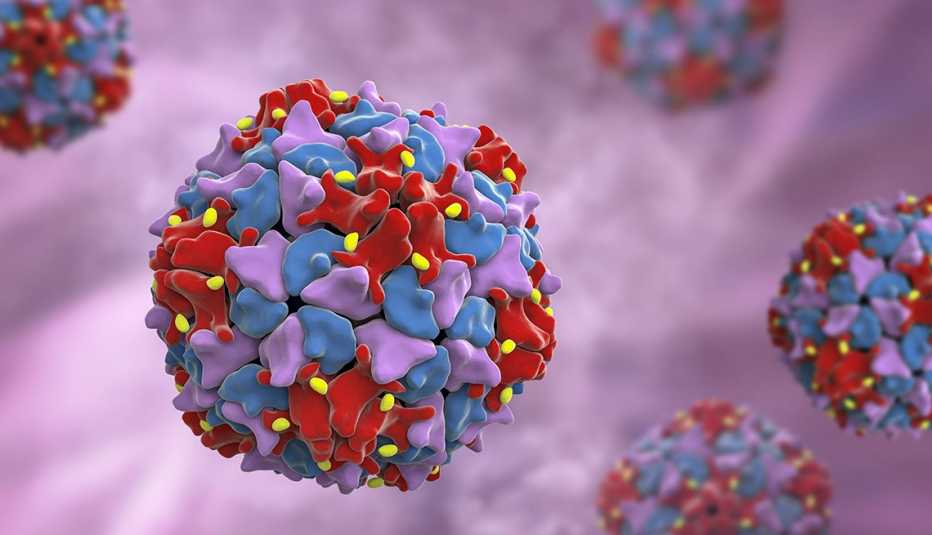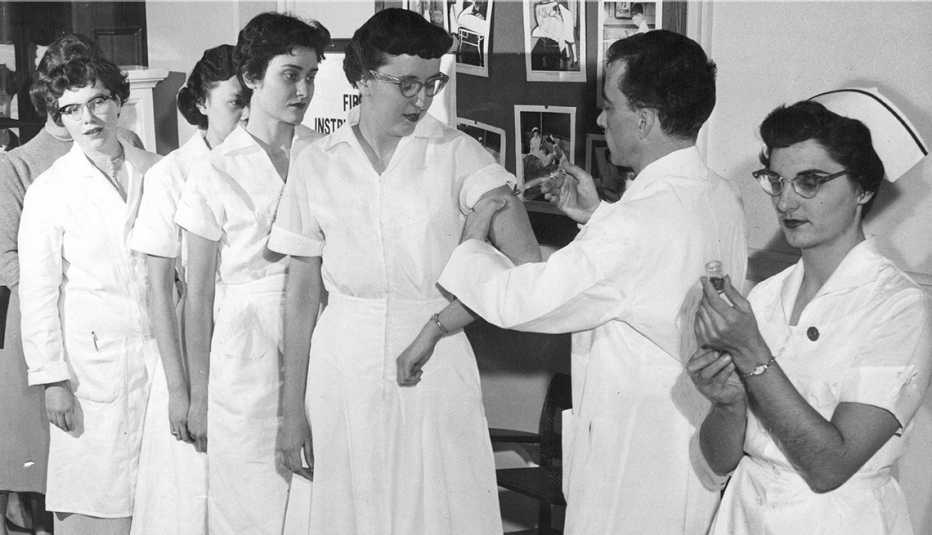Staying Fit


Polio has practically been relegated to history books since 1979, when the virus that can sometimes cause permanent paralysis and death was wiped out from the U.S., thanks to highly successful vaccines.
But the poliovirus has reared its head again. Most recently, health officials noticed it in wastewater in New York City and several nearby counties, suggesting that it’s likely circulating in the area. And in July, the first case of polio in nearly a decade, and one that caused paralysis, was identified in an unvaccinated man in a community just north of the city, along the Hudson River.
New York State Health Commissioner Mary T. Bassett, M.D, called the findings “alarming,” since “for every one case of paralytic polio identified, hundreds more may be undetected.”


AARP Membership— $12 for your first year when you sign up for Automatic Renewal
Get instant access to members-only products and hundreds of discounts, a free second membership, and a subscription to AARP the Magazine.
That’s because most people who get infected with poliovirus do not have visible symptoms; about 1 in 4 experience flu-like illness. A much smaller proportion of people with a poliovirus infection develop more serious symptoms that affect the brain and spinal cord and can lead to paralysis and death, the Centers for Disease Control and Prevention (CDC) says.
The good news is, if you’ve been vaccinated — even if it was decades ago — you don’t have much to fear when it comes to these latest discoveries, says Svea Closser, an associate professor in international health at the Johns Hopkins Bloomberg School of Public Health. The vaccine is highly effective in fully vaccinated people, providing at least 99 percent protection against polio. And experts expect the effects to be long-lasting.


“We have not had a case in an adult vaccinated person in the United States for many decades,” Closser says. “If you were fully vaccinated as a kid, there’s not really any reason to worry about it at this point.”
The CDC says most adults in the U.S. were vaccinated as children (the vaccine first became available in 1955), and that continues to be the case. Federal data shows that nearly 93 percent of kids are vaccinated against polio by the age of 2. Still, a share of the population remains vulnerable to a viral illness that at one point paralyzed more than 15,000 Americans each year.


































































More on health
Coronavirus Pandemic Evokes Memories for Polio Survivor
Quarantines, overwhelmed hospitals and hope for a vaccine are among the similarities between the crisesCDC Warns of Potential Outbreak of Rare 'Polio-like' Disease in Children
Experts call on parents, grandparents to recognize symptoms of AFMThe Power of Vaccines Across a Generation
A look at the life saving role of immunization for boomers